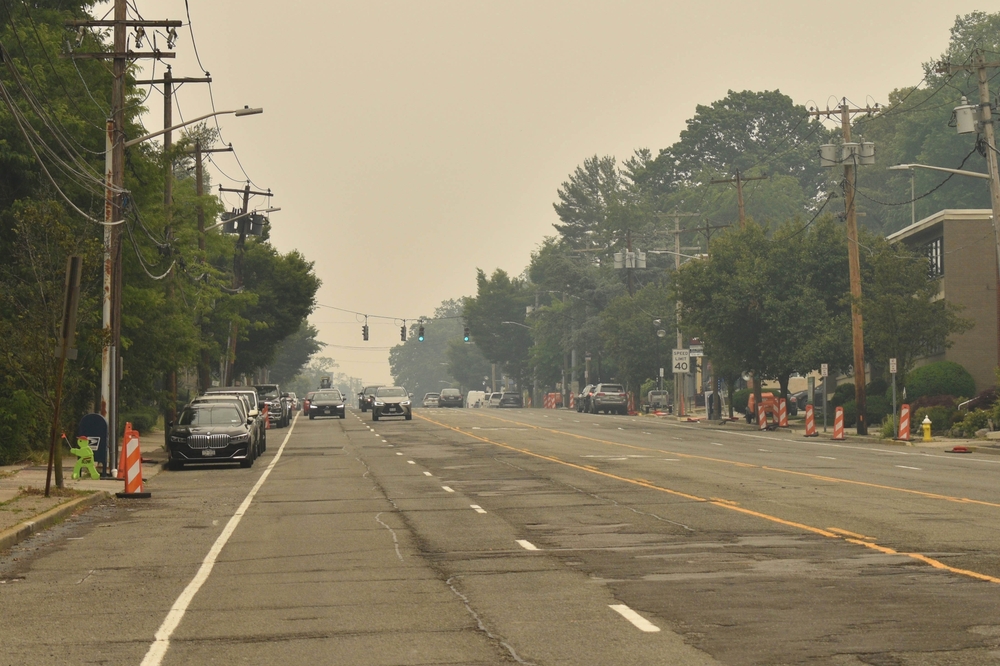On June 9, the Occupational Safety and Health Administration (OSHA) urged employers to protect outdoor workers from the hazards of poor air quality.
“Wildfire smoke exposure can create major health hazards for outdoor workers. These hazards can be reduced with knowledge, safe work practices, and appropriate personal protective equipment,” Doug Parker, assistant secretary of labor for occupational safety and health, said in an agency statement. “I urge all employers to have plans and preparations in place to protect workers by preventing or minimizing exposure to hazardous air quality.”
Although OSHA has no federal standard for wildfire smoke exposure, it directed employers to OSHA and National Institute for Occupational Safety and Health Web resources.
OSHA suggested employers implement protective measures to reduce smoke exposure for outdoor workers that include:
- Frequent monitoring of air quality conditions using a source such as the Environmental Protection Agency’s (EPA) AirNow;
- Relocating or rescheduling work tasks to smoke-free areas;
- Reducing levels of physical activity, especially strenuous and heavy work;
- Requiring and encouraging workers to take breaks in smoke-free places when possible; and
- When possible, making accommodations for employees to work inside with proper heating, ventilation, and air conditioning (HVAC) systems and high-efficiency air filters.
The agency pointed out that the most significant hazard from wildfire smoke is exposure to particulate matter, particles of partially burned material less than 2.5 micrometers in diameter (PM2.5) that can enter the lungs and the bloodstream, leading to serious health problems such as lung, heart, and kidney disease.
According to OSHA, workers exposed to air contaminated by wildfire smoke may experience eye and respiratory tract irritation and heat stress and may suffer from exposure to other respiratory hazards caused by hazardous substances like heavy metals entering the atmosphere.
California and Oregon have state wildfire smoke standards, and Washington has a proposed standard.
Under California’s standard, employers must take action to protect employees when the Air Quality Index (AQI) for PM2.5 is 151 or greater. Steps required under the standard include modifying the workplace or work procedures to reduce wildfire smoke exposures and providing respiratory protection—N95, N99, N100, R95, P95, P99, or P100 respirators—for voluntary use. If the AQI for PM2.5 exceeds 500 due to wildfire smoke, respirator use is required. Employers must ensure employees use respirators and comply with the state’s respiratory protection program standard, including requirements for medical evaluation, fit testing, and training.
The Oregon Occupational Safety and Health Division (Oregon OSHA) adopted a wildfire smoke standard last year, and it applies when the ambient air concentration for PM2.5 is at or above 35.5 micrograms per cubic meter (μg/m3) (an AQI value of 101 for PM2.5).
Under the Oregon standard, employers must implement engineering and administrative controls to reduce exposures and provide filtering facepiece respirators (FFRs) at no cost to employees. Respirator use is required when the AQI for PM2.5 is 501 or higher.
Washington established an emergency wildfire smoke standard last year and issued a proposal this spring for a permanent standard. The proposed standard would require Washington employers to establish a response plan and provide training and respiratory protection.

